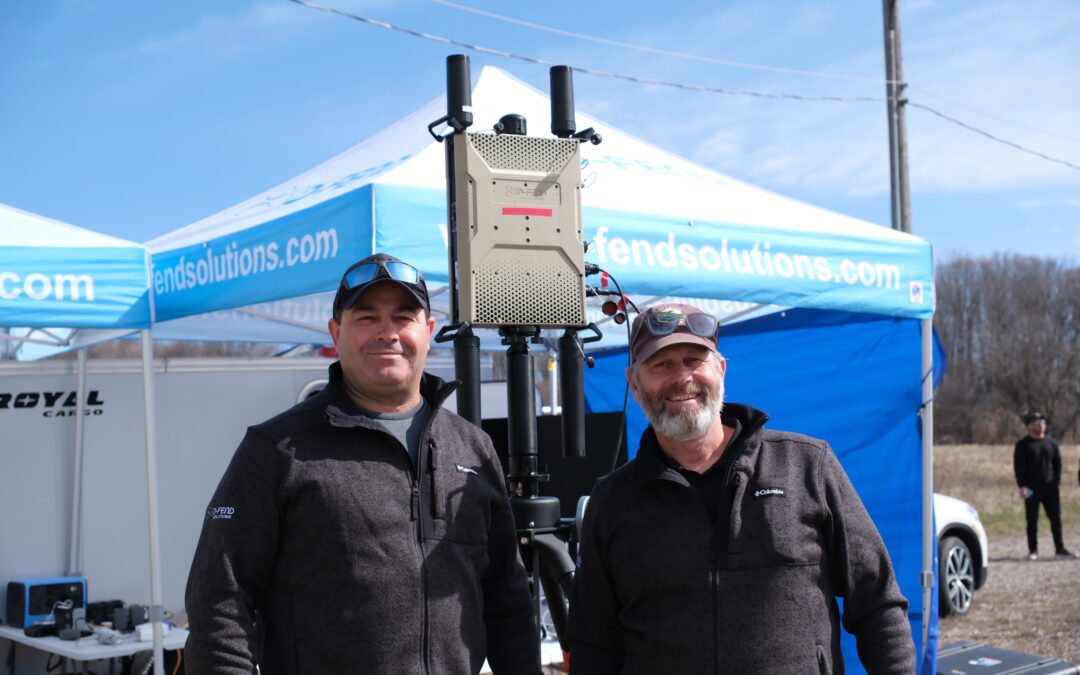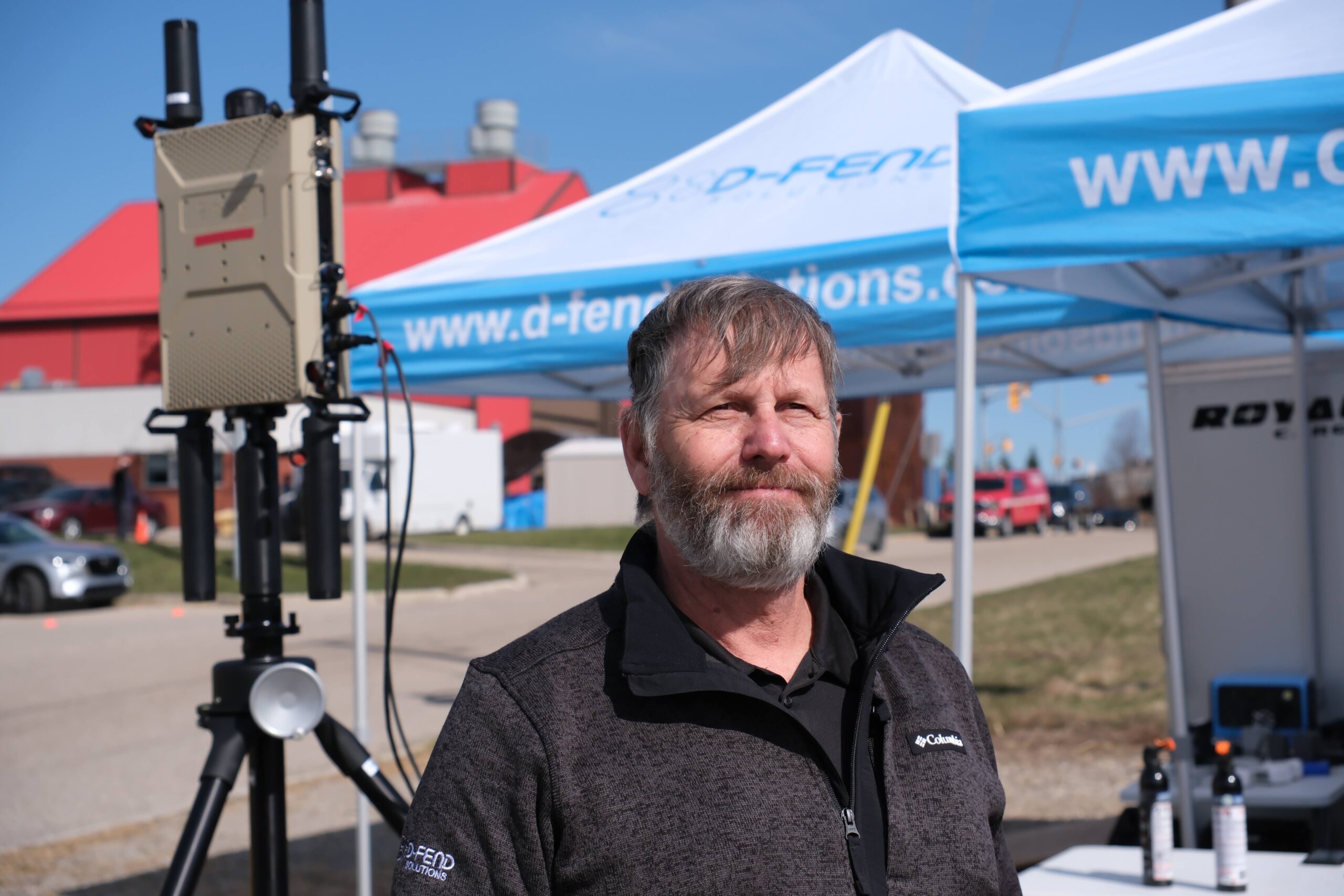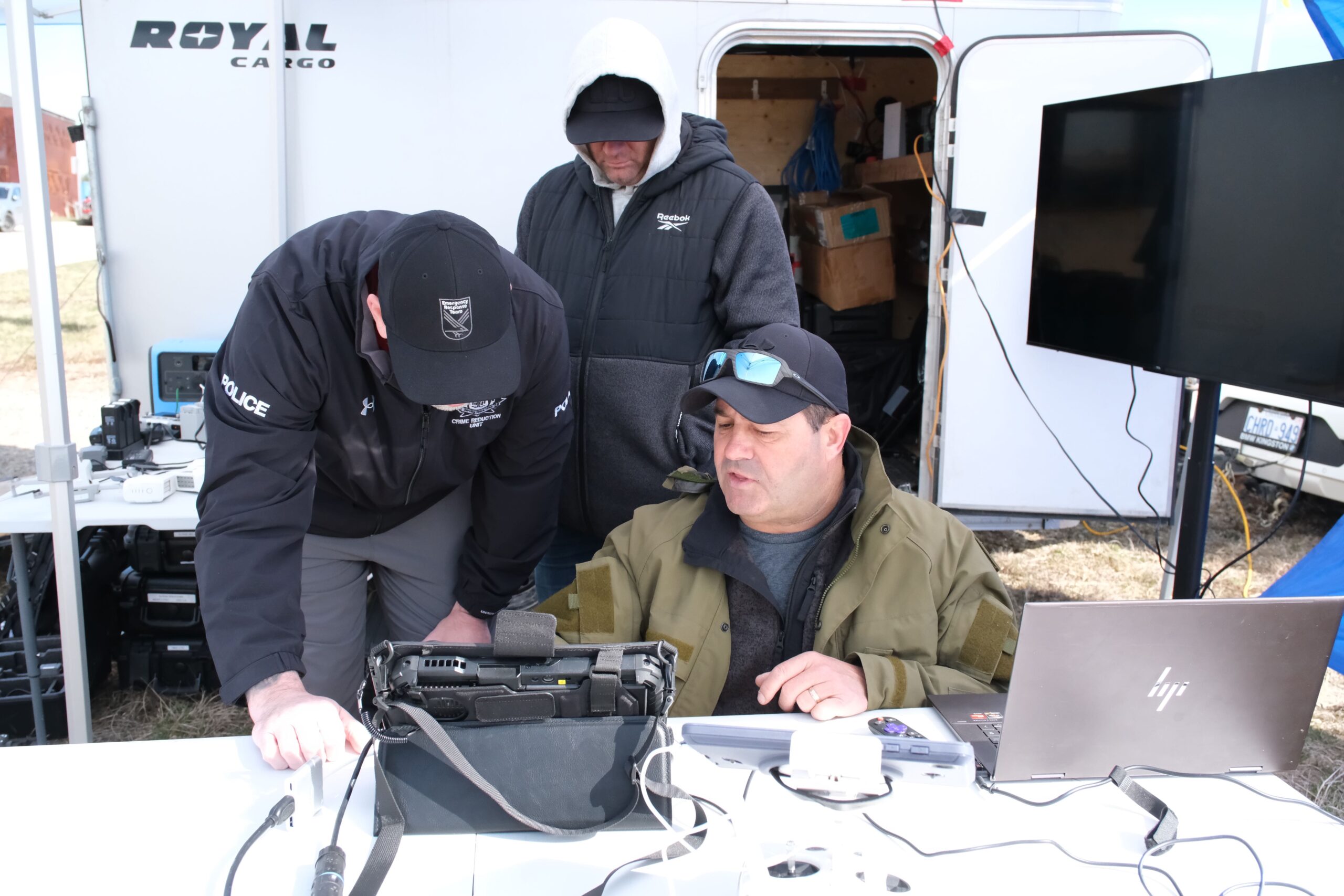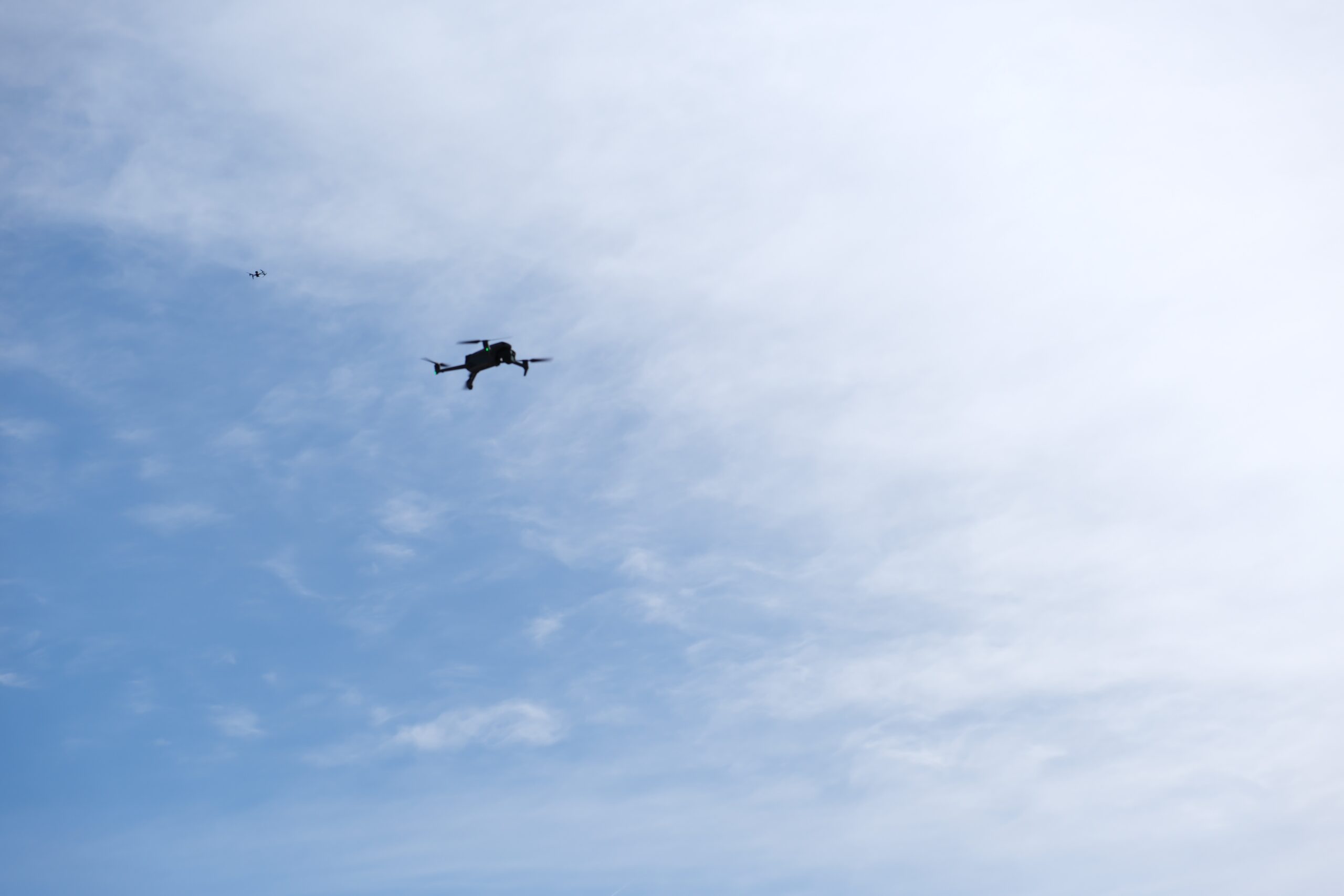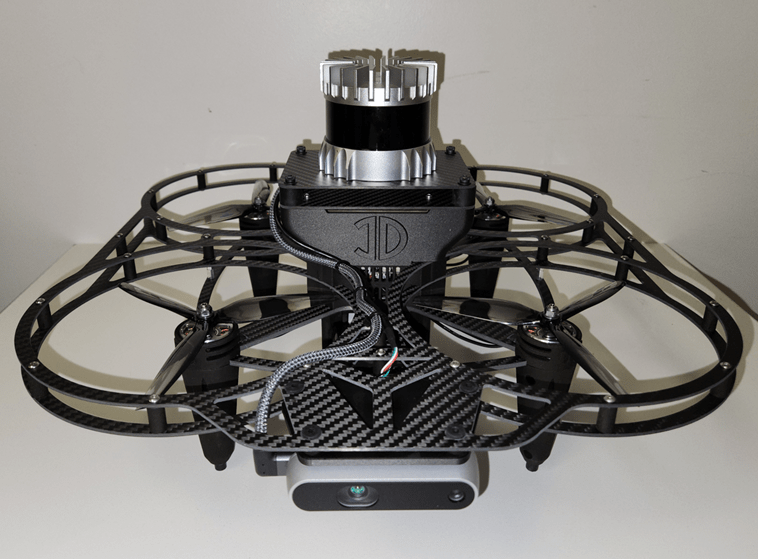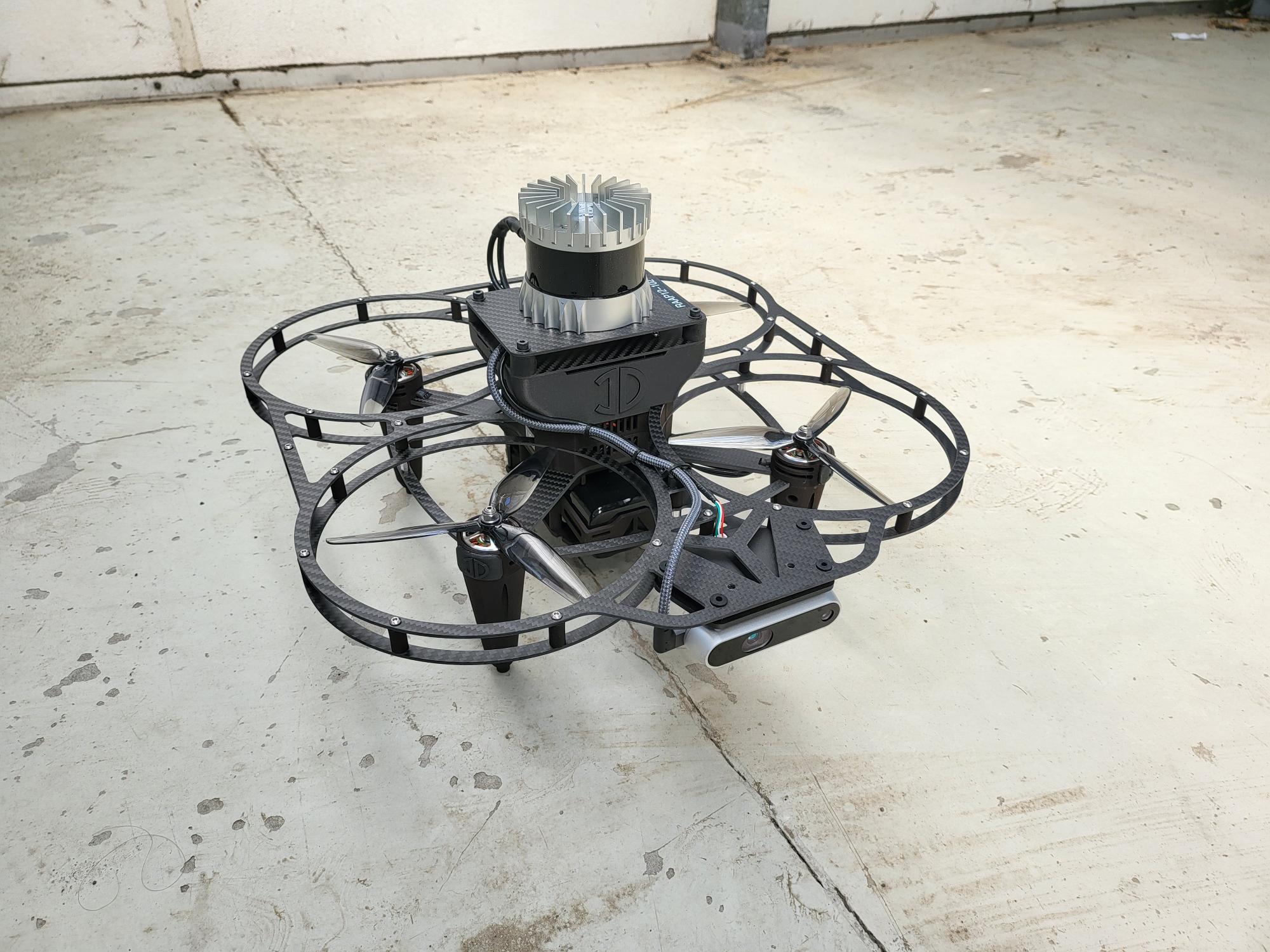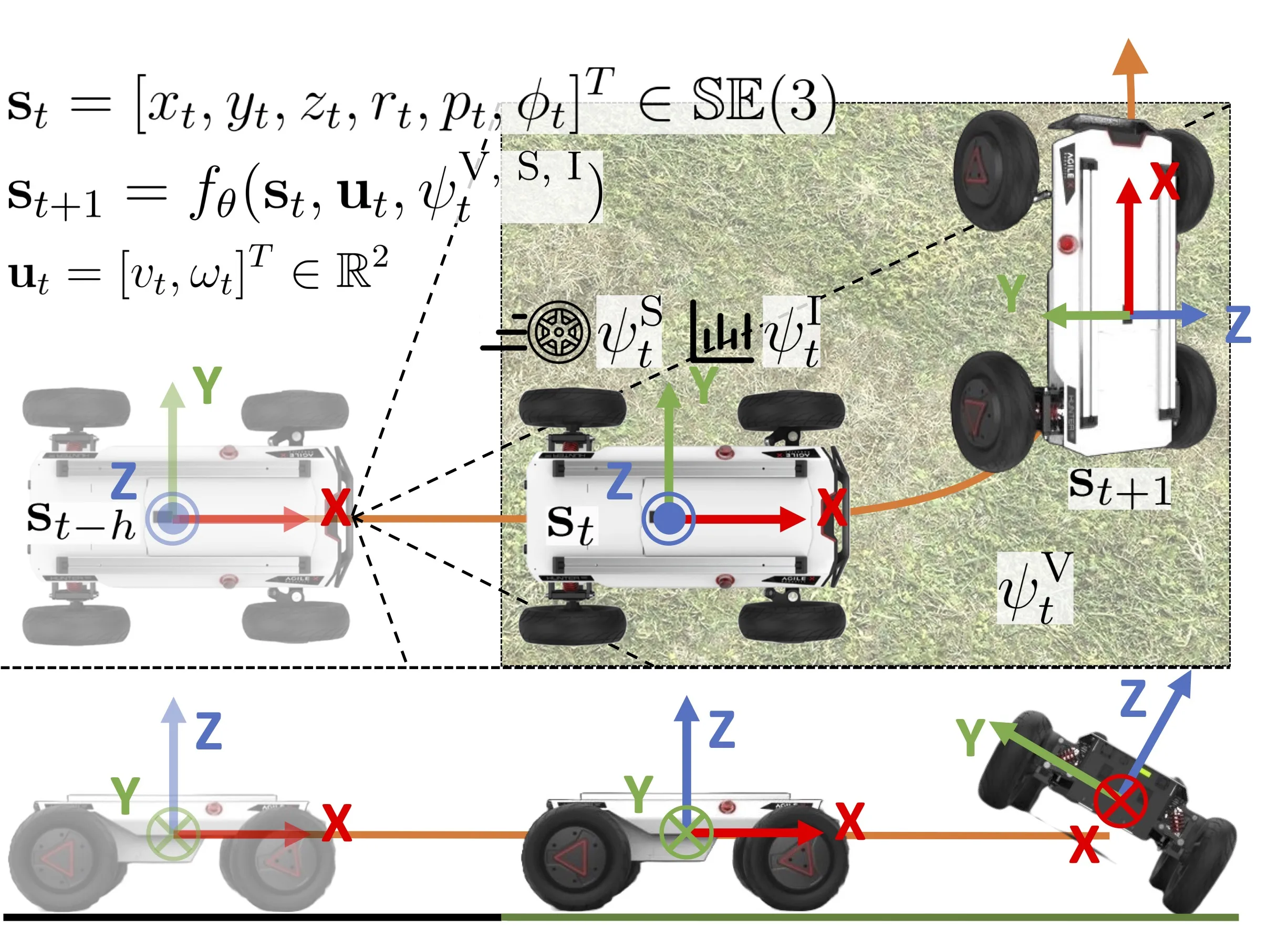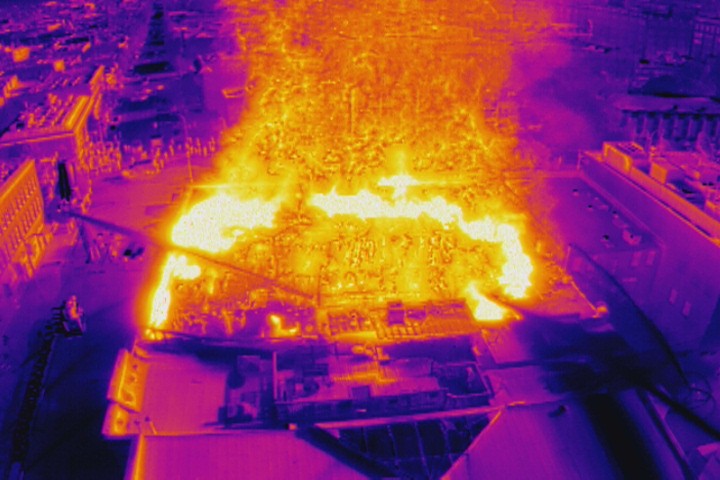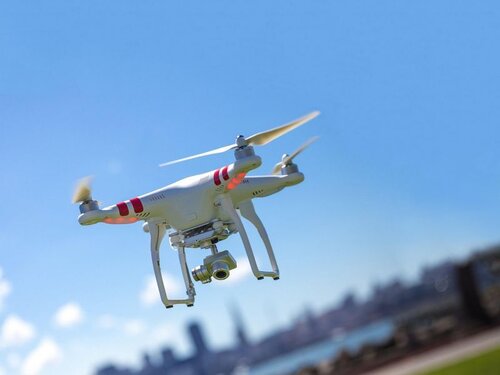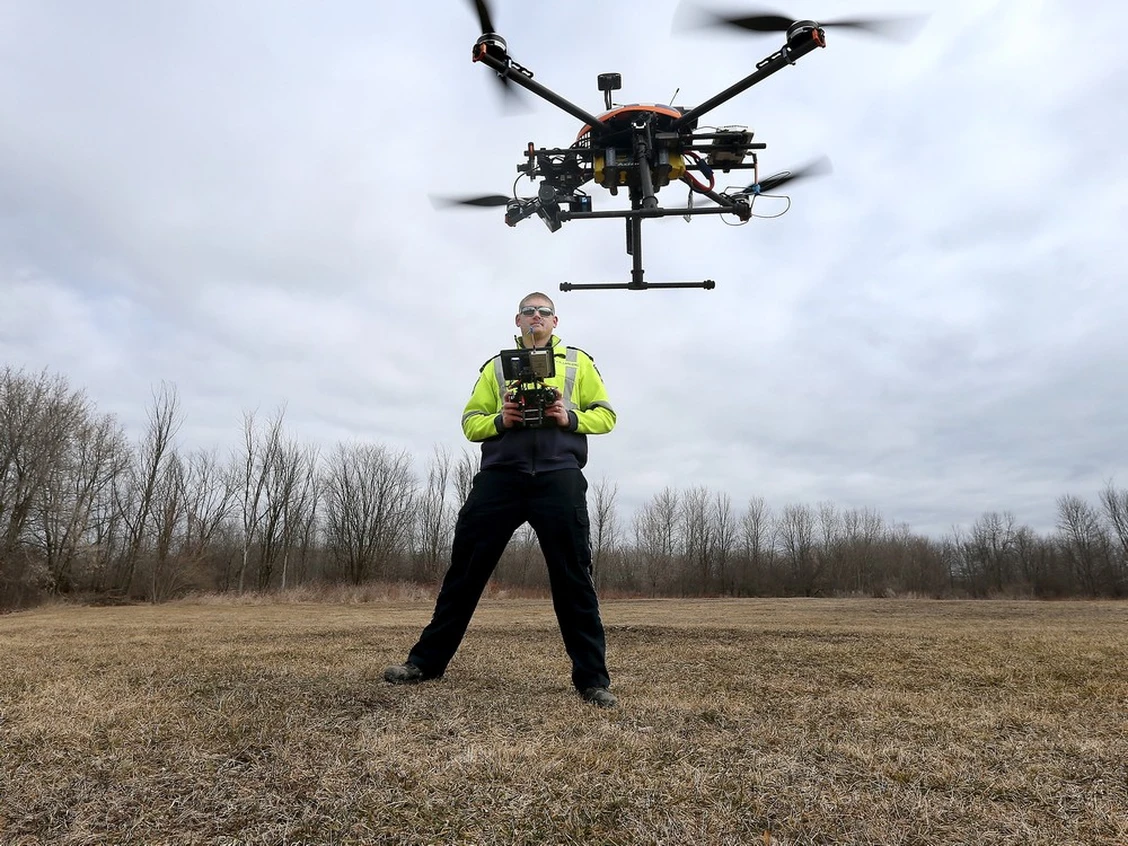
FLYY releases “how to” guide for building, expanding a drone program
By Scott Simmie
Thinking of starting a drone program? Perhaps you have one already, and are thinking of expanding. Or maybe your existing program grew organically on an ad-hoc basis and you’d like to ensure you’re following Best Practices.
There’s a solution for that.
Kate Klassen, InDro’s Training and Regulatory Specialist (who’s also a flight instructor for crewed aircraft), has written a comprehensive manual specifically for this purpose.
Klassen is widely respected in Canadian RPAS and traditional aviation circles. In addition to her extensive experience as a pilot (multi-engine rating, IFR, night), she was an early adopter in the drone world. Her regulatory expertise is top-notch, and her online RPAS instruction courses have trained more than 10,000 pilots in Canada (you can find her current courses here). She’s been on the board of the Aerial Evolution Association of Canada for years, and was co-chair of Transport Canada’s CanaDAC Drone Advisory Committee. So she knows her stuff.
Now, she’s pulled together that knowledge (in addition to what she’s learned working with InDro Robotics and consulting with other companies with RPAS programs) into a single, comprehensive document that covers everything you need to know to build out a safe, compliant, cost-effective drone program.
“The goal with the book was to put in one spot all of the information that you should know,” she says.
She certainly achieved that.
Below: Kate Klassen, in one of her many elements.

SOLID KNOWLEDGE BASE
The e-book is entitled Remotely Piloted Aircraft Program Development Guide for VLOS and BVLOS Operations. And it covers pretty much every aspect of running a drone program – including maintenance, staffing, recency, risk assessment – and much more (we’ll give you a peek at the table of contents shortly).
There’s also, of course, a meaty section on the regulations – including the anticipated Transport Canada changes on the horizon that will permit routine, low-risk Beyond Visual Line of Sight flights (which will require obtaining an additional TC RPAS Certificate). And while the book covers high-level operations suitable for companies with mature drone programs, it also covers the basic meat and potatoes.
“This book could be used by individuals looking to use their drone in a professional capacity or as a really serious hobby – but it’s geared more for someone who is either starting, expanding or improving a drone program within their organisation,” says Klassen.
DECISIONS, DECISIONS, DECISIONS
A well thought-out drone program involves a lot of decisions. How do you choose your crew, including flight lead? When is it time to replace an aircraft? What’s a good maintenance schedule – and how do you track that? What’s the best way to manage data? And what about insurance?
You’ll find all that and more. Klassen has packed a lot (including links to references and resources) into the 55 pages of this manual. And she’s taken special care to pore through the finer details of dense Transport Canada regulatory language and write the key takeaways in clear, concise terms.
“There was a lot of digging through Transport Canada documents to gain insights into where the drone industry is going from a regulatory perspective – and put that into plain English,” she says.
Below: The cover page
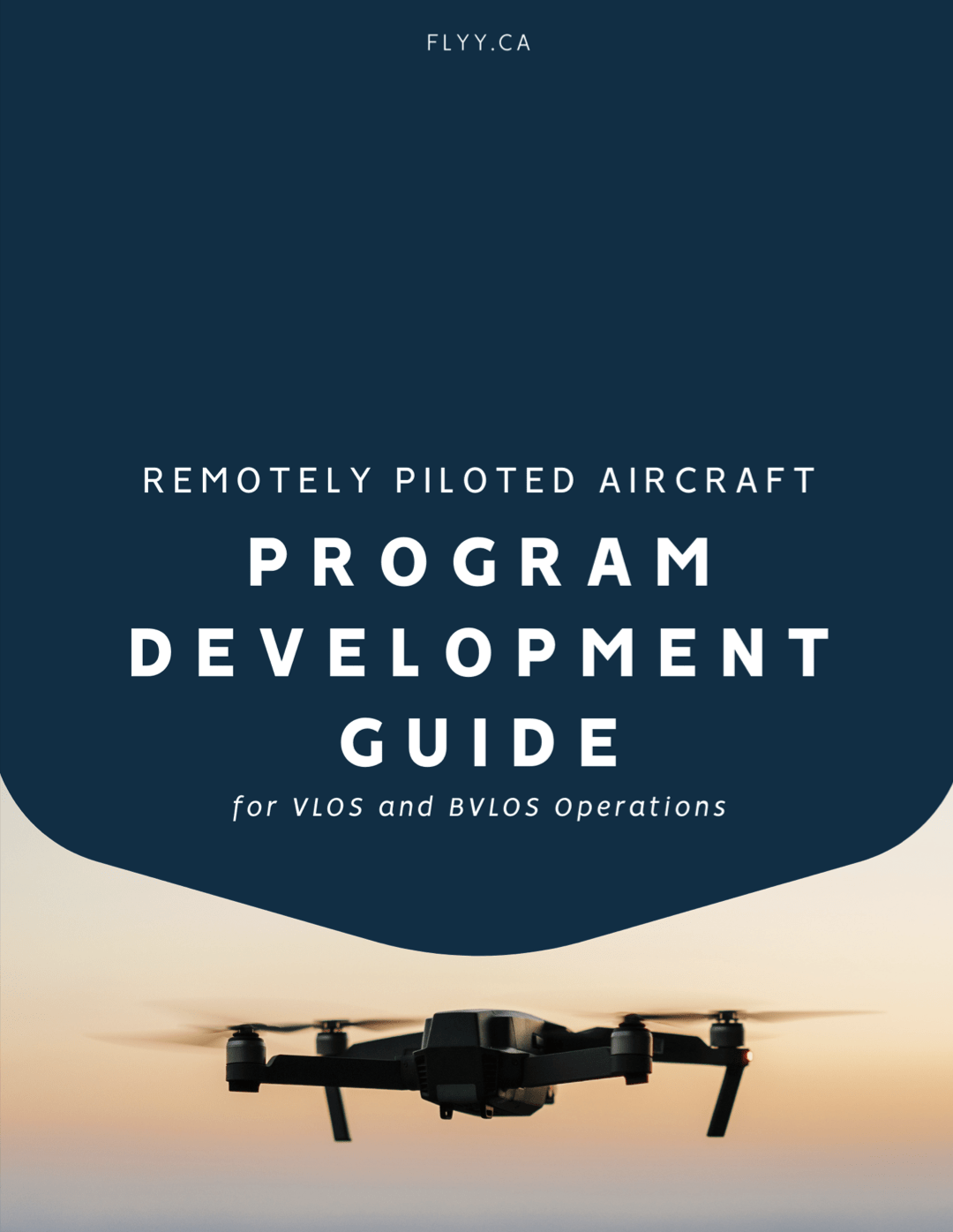
LOGICAL, ORGANIZED
Whether you’re a seasoned pro or someone just starting a drone program, Klassen has constructed the manual in a highly organised fashion. The progression of sections builds logically from the basics, through to complex areas such as Specific Operational Risk Assessment (SORA).
Here are the sections:
- Regulation Roadmap
- Certification
- Operational Considerations
- Budgeting
- Program Structure and Operation
- Training
- Equipment
- SORA Process
And within each of those sections? Let’s just say Klassen has it all covered. Take a look:



EXCERPT
It’s one thing to tell you this manual is clear and concise. It’s another to let you see for yourself. So we’re going to paste from the very top of Section One – Regulation Roadmap – to give you a better idea:
The Canadian Remotely Piloted Aircraft System (RPAS) industry took a major leap forward in June of 2019 with the publication of drone-specific regulation in the Canadian Aviation Regulations (CARs). These regulations enable route visual line of sight (VLOS) operations for small RPAS (250g – 25kg), with additional guidance for aircraft above that weight range, through a Special Flight Operation Certificate (SFOC) process, and below, with reduced prescriptive microdrone regulation.
With the release of a Canada Gazette draft of lower risk BVLOS regulation in the summer of 2023, we have an idea of the direction Transport Canada is heading and had an opportunity to raise concerns and encourage positive direction with the drafted version.
While formal regulation, once in place, will provide a clearer path to certification for BVLOS, there will still be many of the similar requirements to what’s currently in place, through the SFOC process, including training, mission planning, procedure development and technology.
- NOTE: While BVLOS with a microdrone is not explicitly prohibited by the regulations, the onus would be on the operator to prove it was done without being reckless, negligent, risking or being likely to risk the safety of a person or aviation safety. (CAR 900.06) Throughout this document, the aircraft and operations we’ll be referring to are those with small RPAS, that is those between 250g and 25kgs, unless otherwise specified.
- As it stands as of the time of publication, flying an RPA heavier than 25kgs or BVLOS is not permitted in Canada except if specifically authorized in a Special Flight Operation Certificate. (CAR 901.11) This document will address considerations for a BVLOS program in anticipation of BVLOS-specific regulation being introduced in 2025 and the structure, operational considerations, components of an SFOC and training.
This is a rapidly changing space. As the industry continues to develop new technology and applications, and new regulation is announced to accompany these advancements we’re going to see a lot of refinement to the processes described within this document. It’s what’s so exciting about working in this area! The information here should help you in that pursuit.
As you can see, it’s really clearly written. It’s also filled with helpful graphics like these:

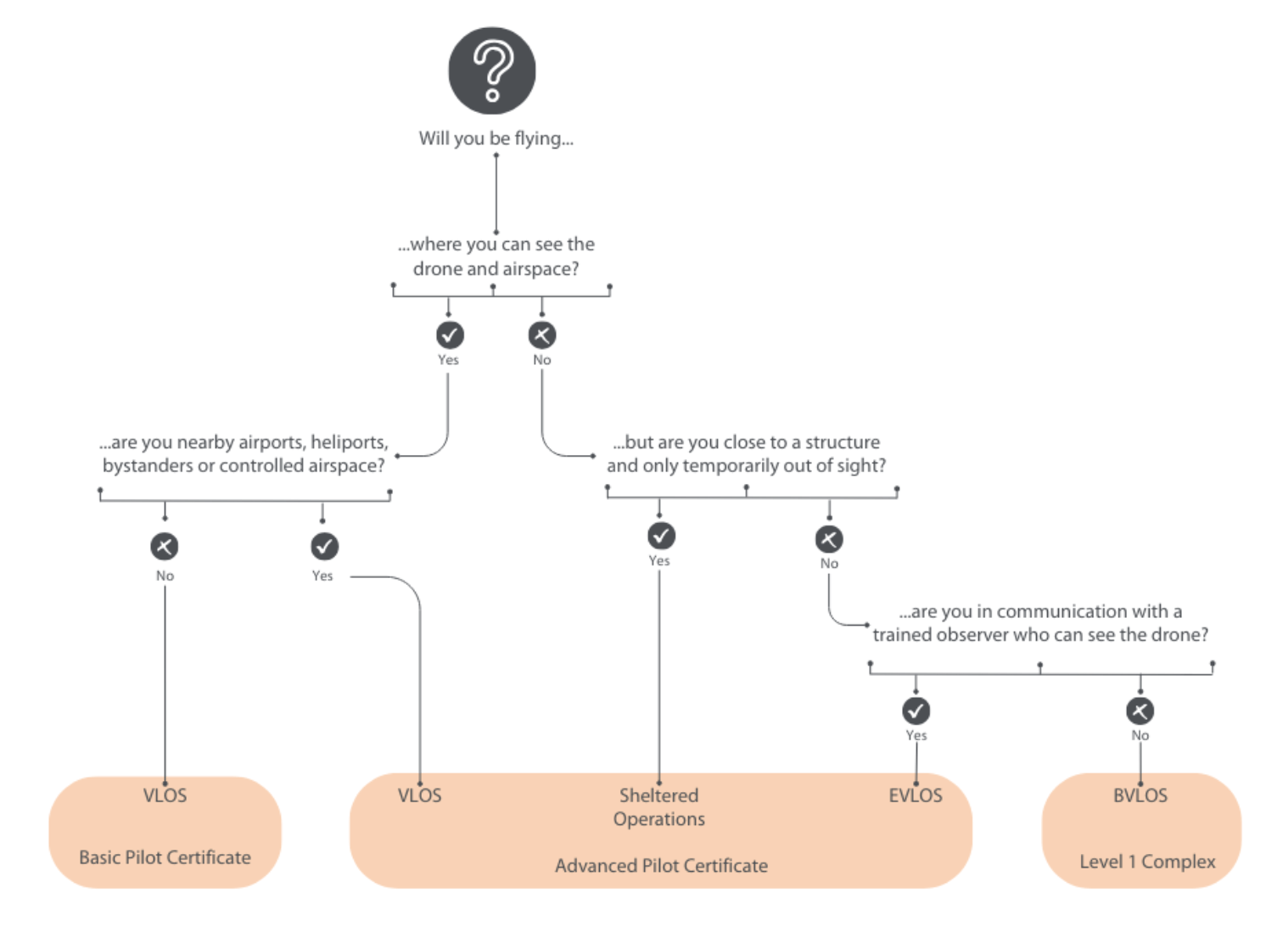
INDRO’S TAKE
Kate Klassen is widely acknowledged as both a regulatory expert and a phenomenal communicator/instructor. She combines those skills well in the production of this manual, which we believe is a “must-have” for anyone serious about their drone program.
“Kate has tremendous expertise in this field – including personally overseeing some 150 RPAS flight reviews,” says InDro Robotics CEO Philip Reece. “This manual ticks all the right boxes, and includes material that will benefit even the most mature drone program. We’re pleased to see this published, and believe it will truly help those running serious programs make the most effective and efficient decisions.”
And the cost? You can download the manual here for $49.
That’s less than a dollar per page. And, in our opinion, a bargain.

